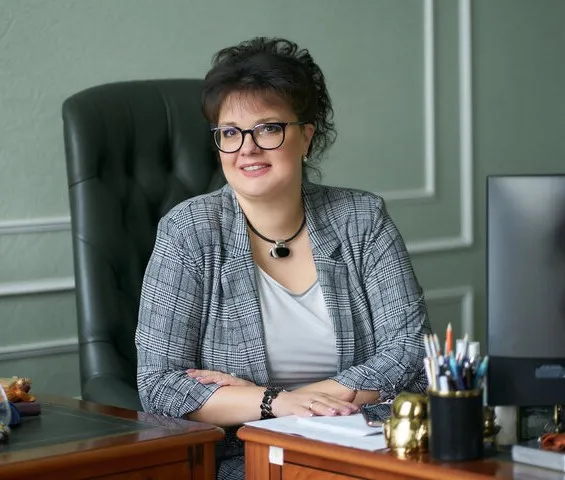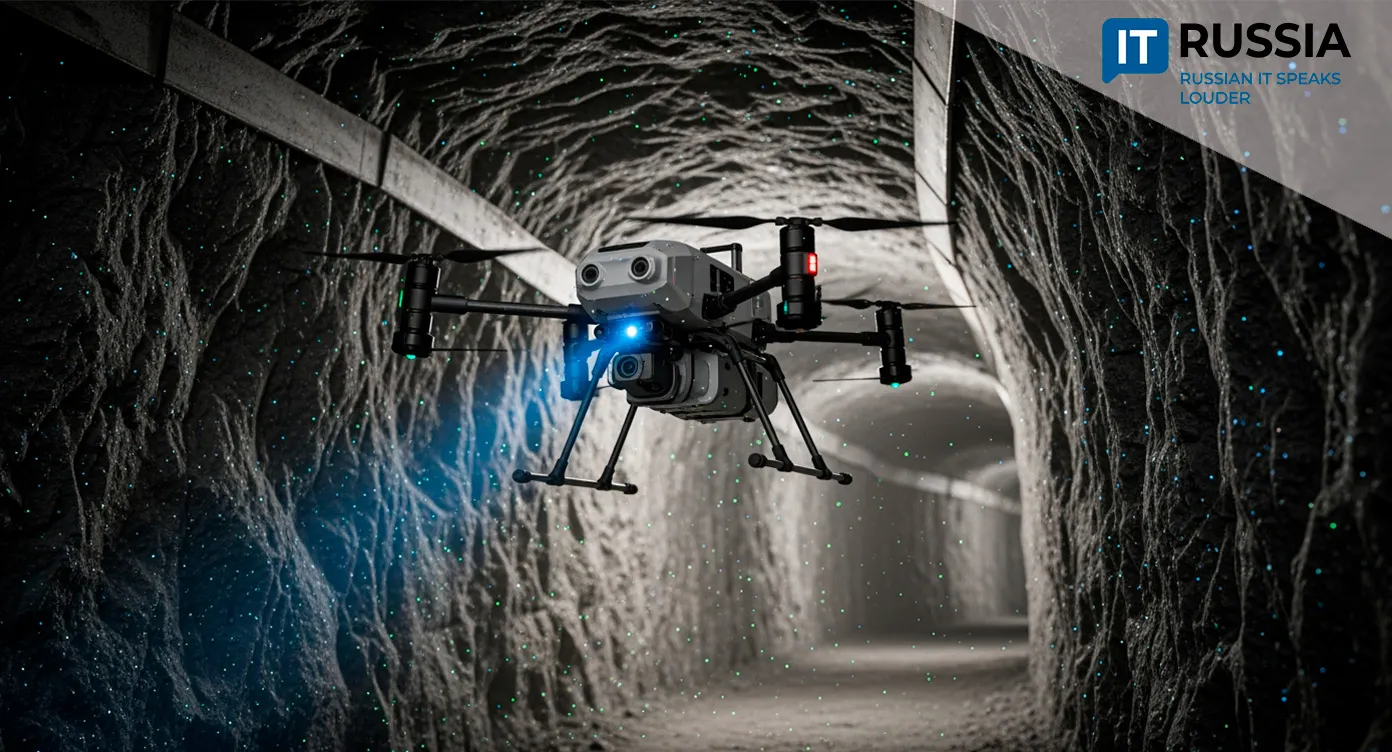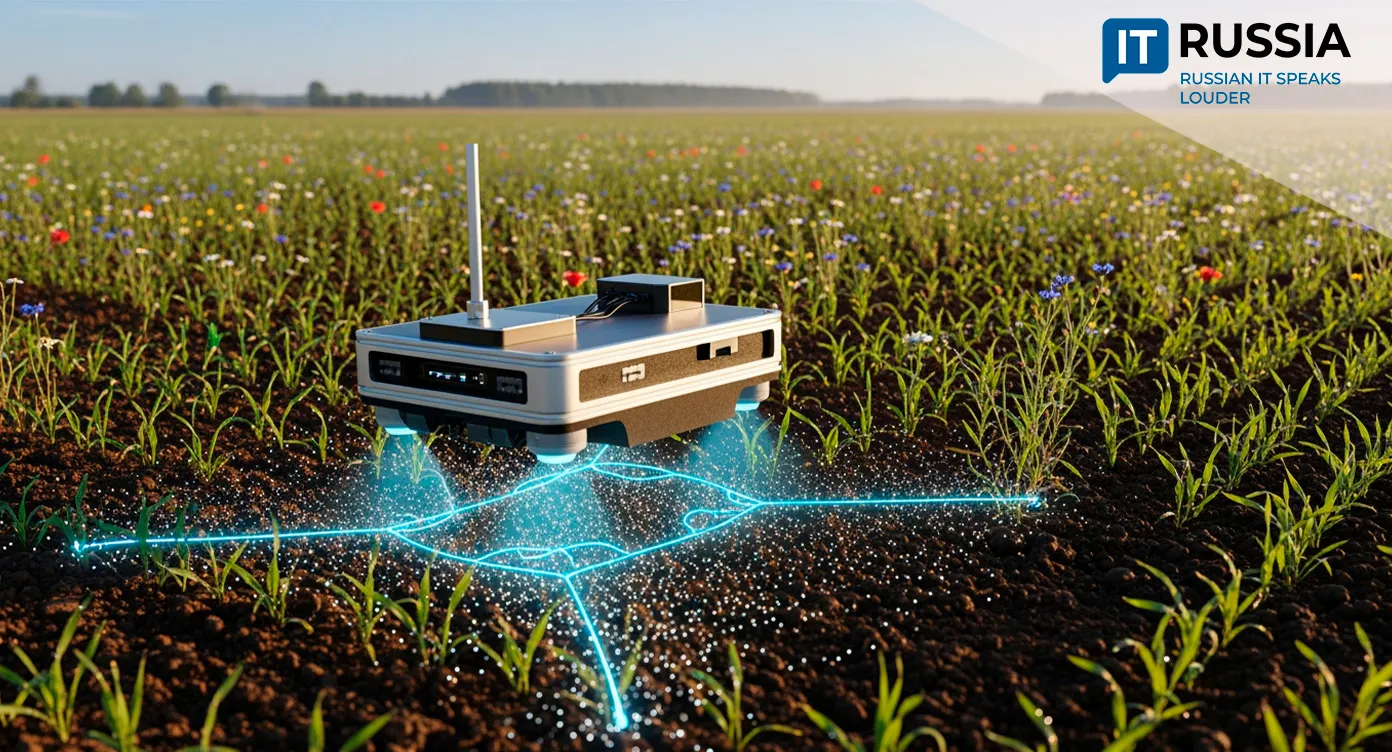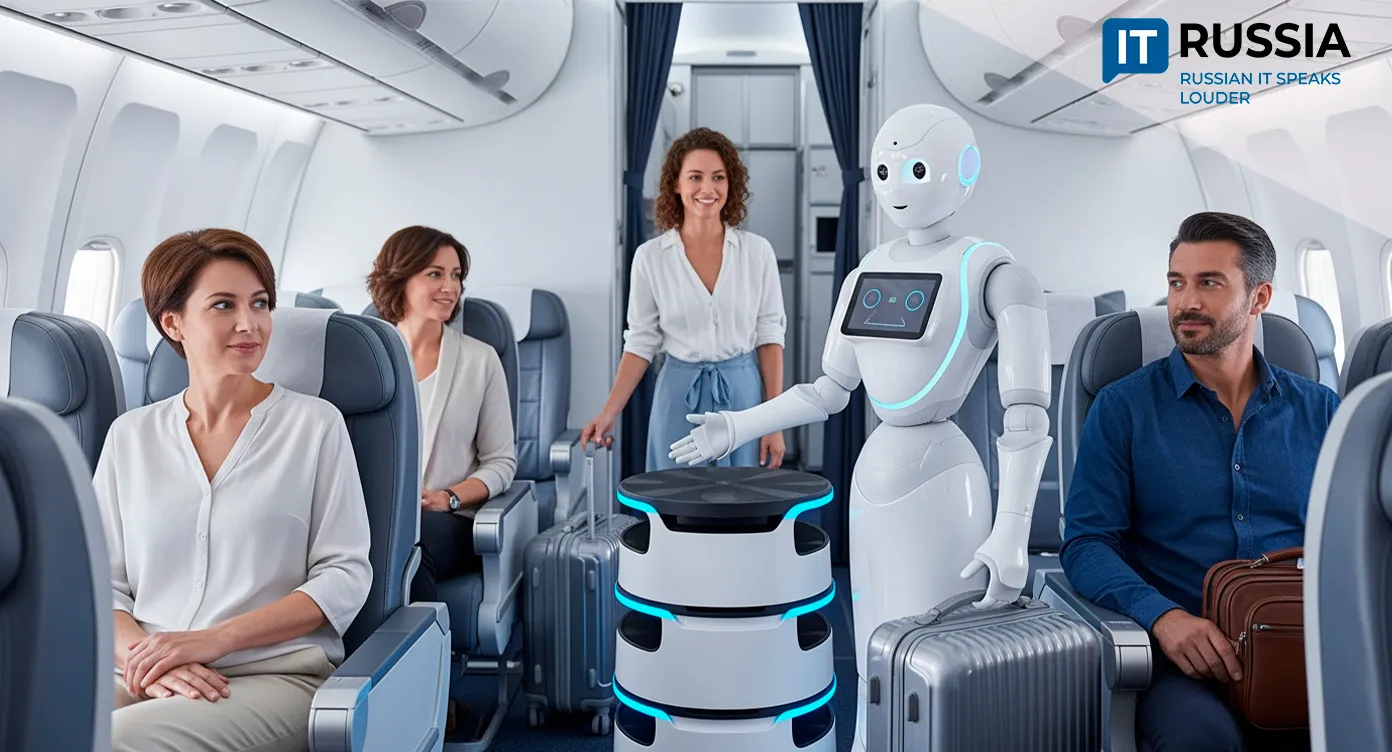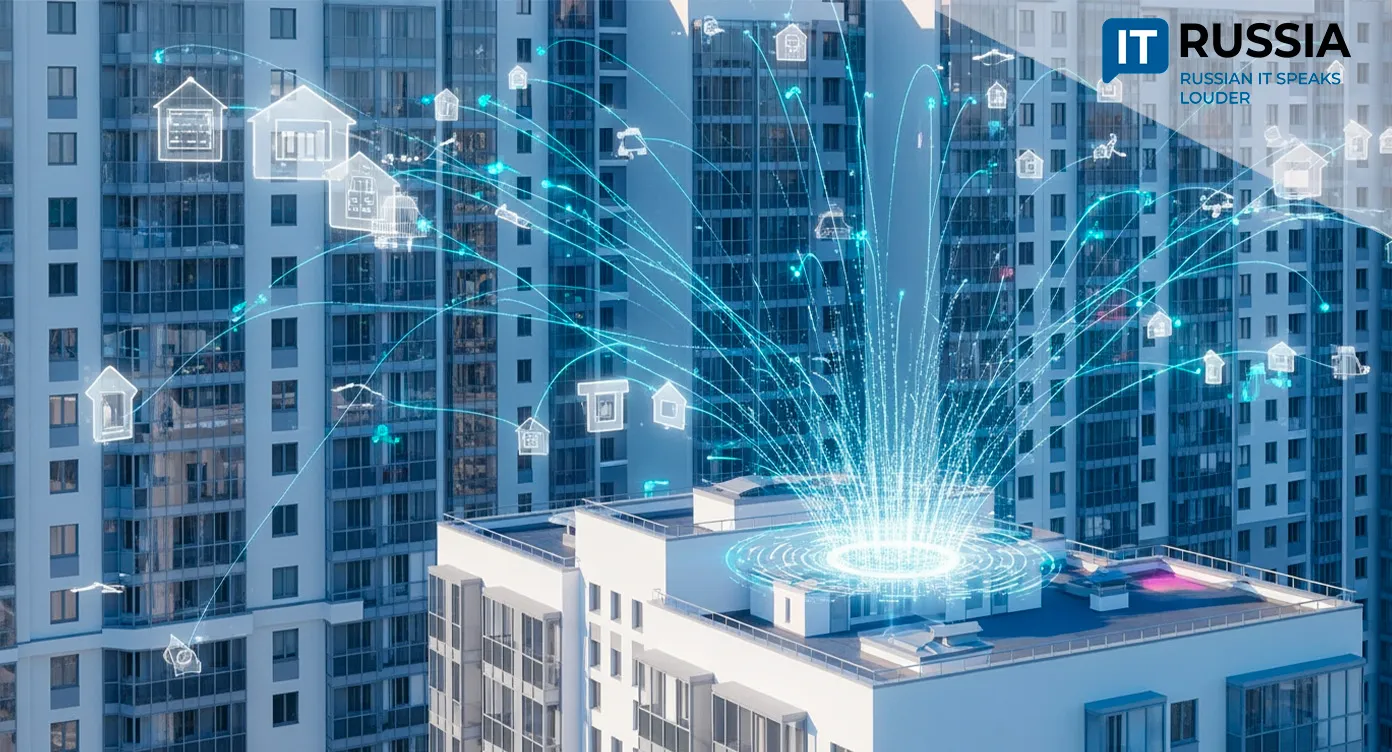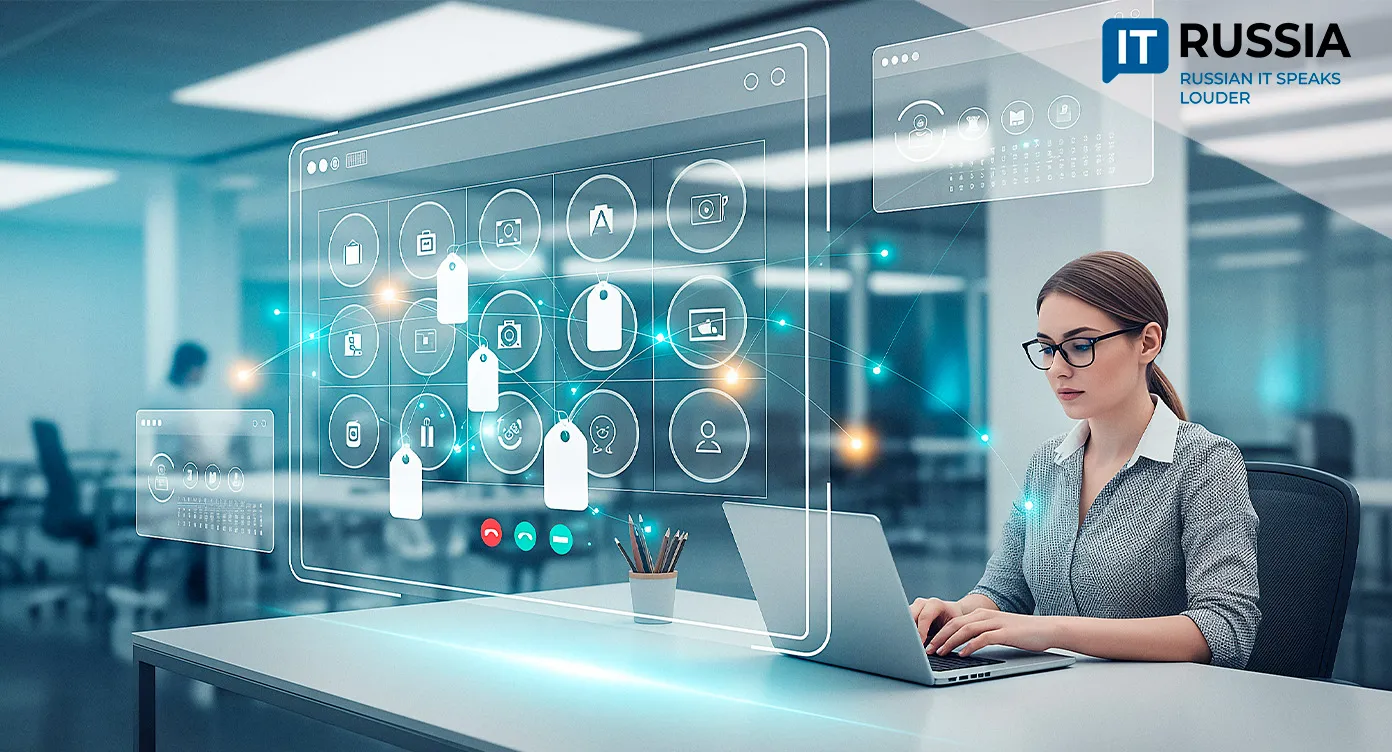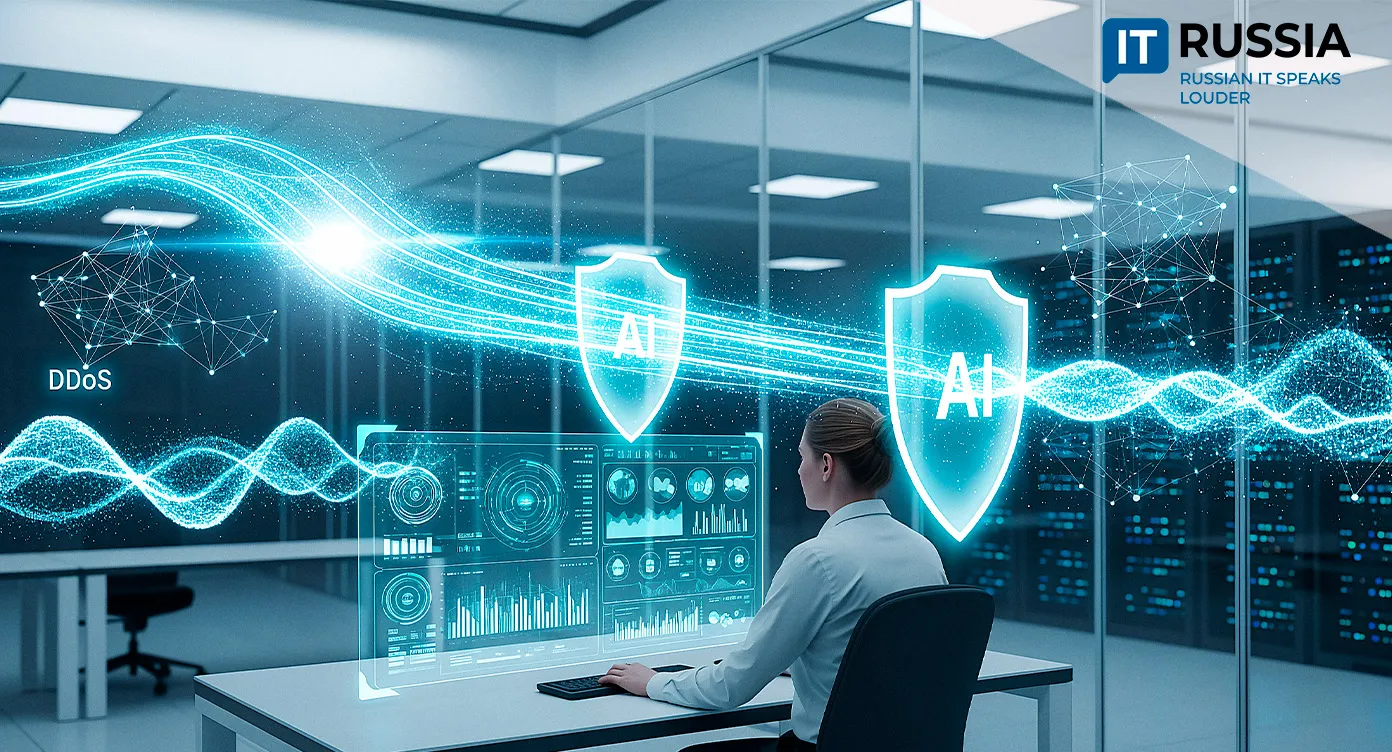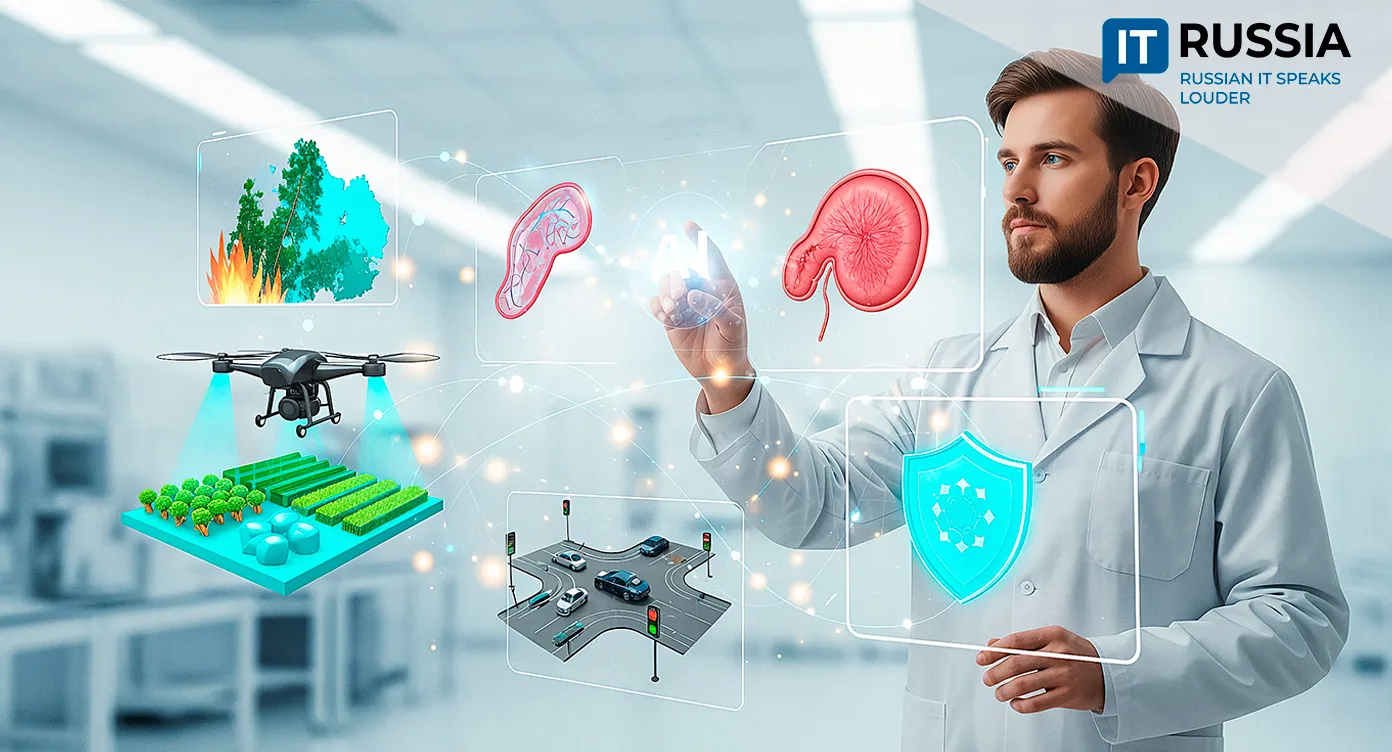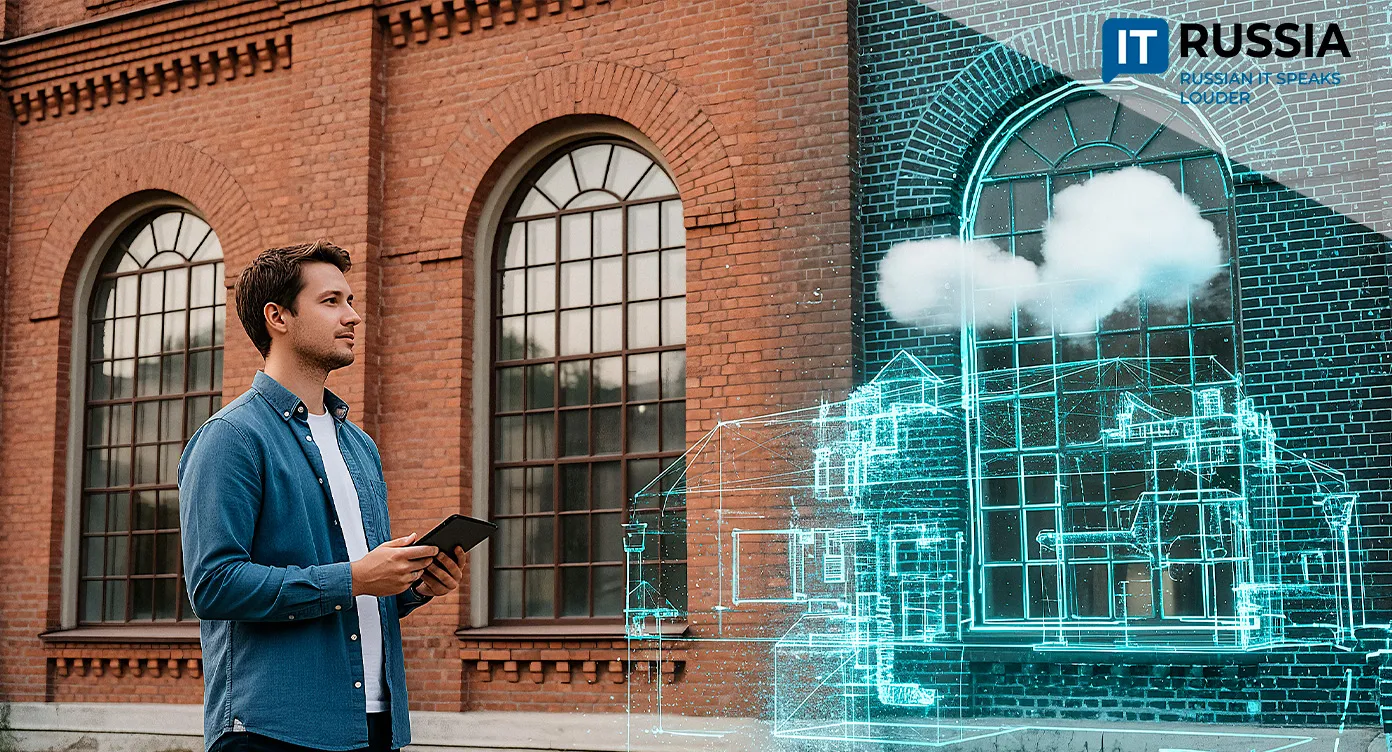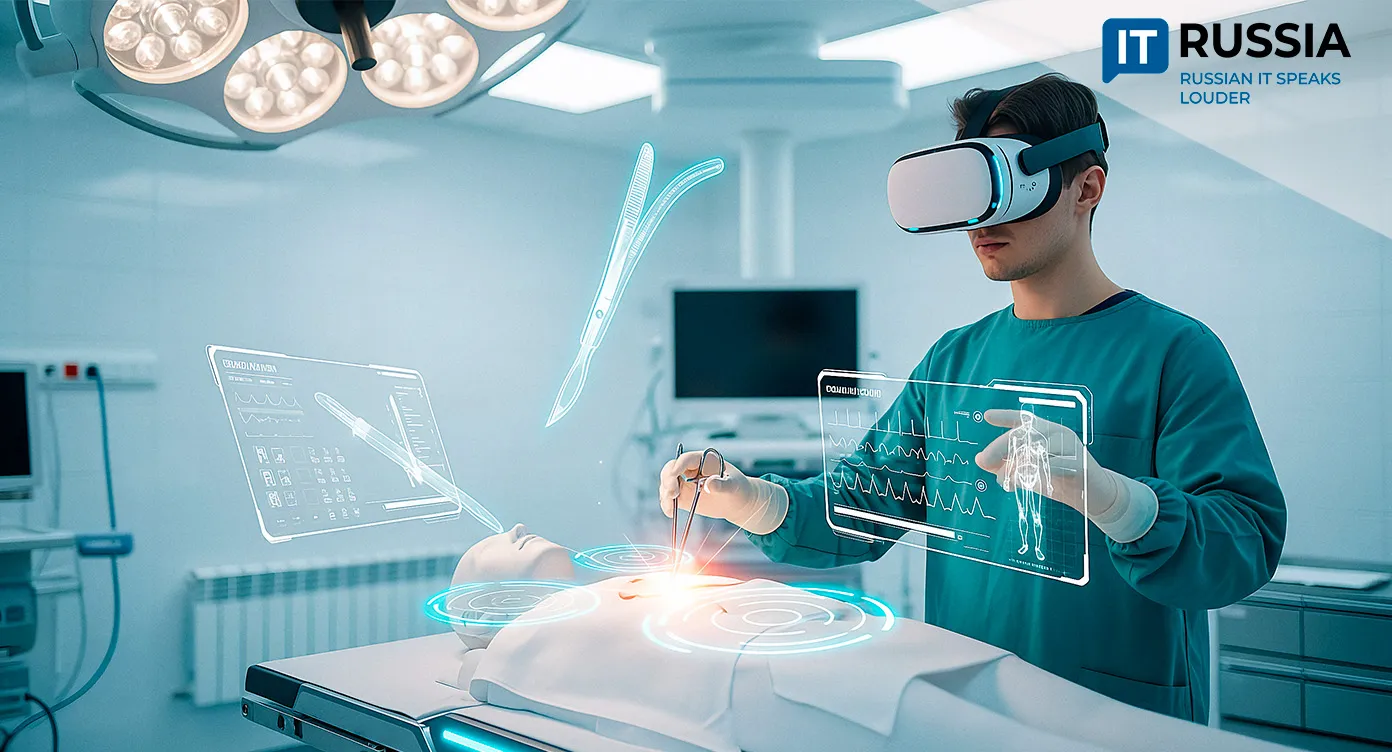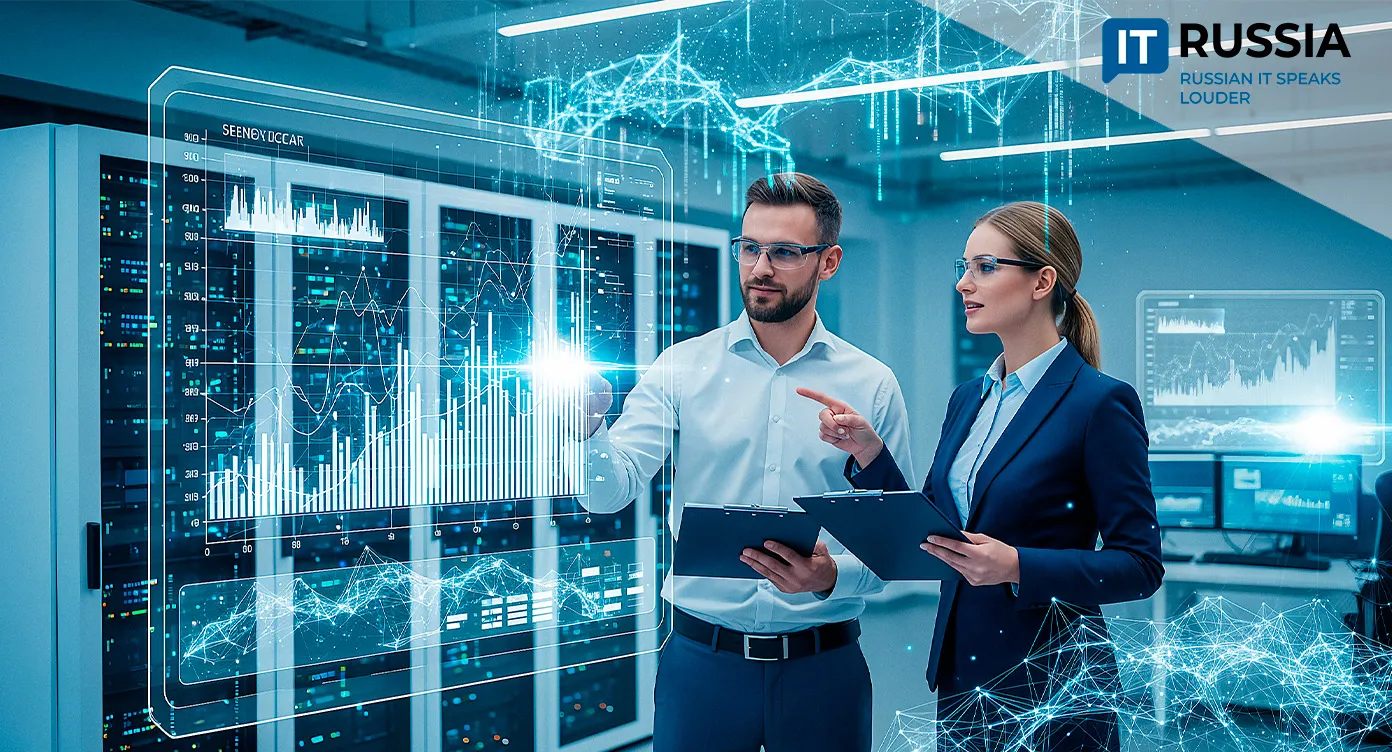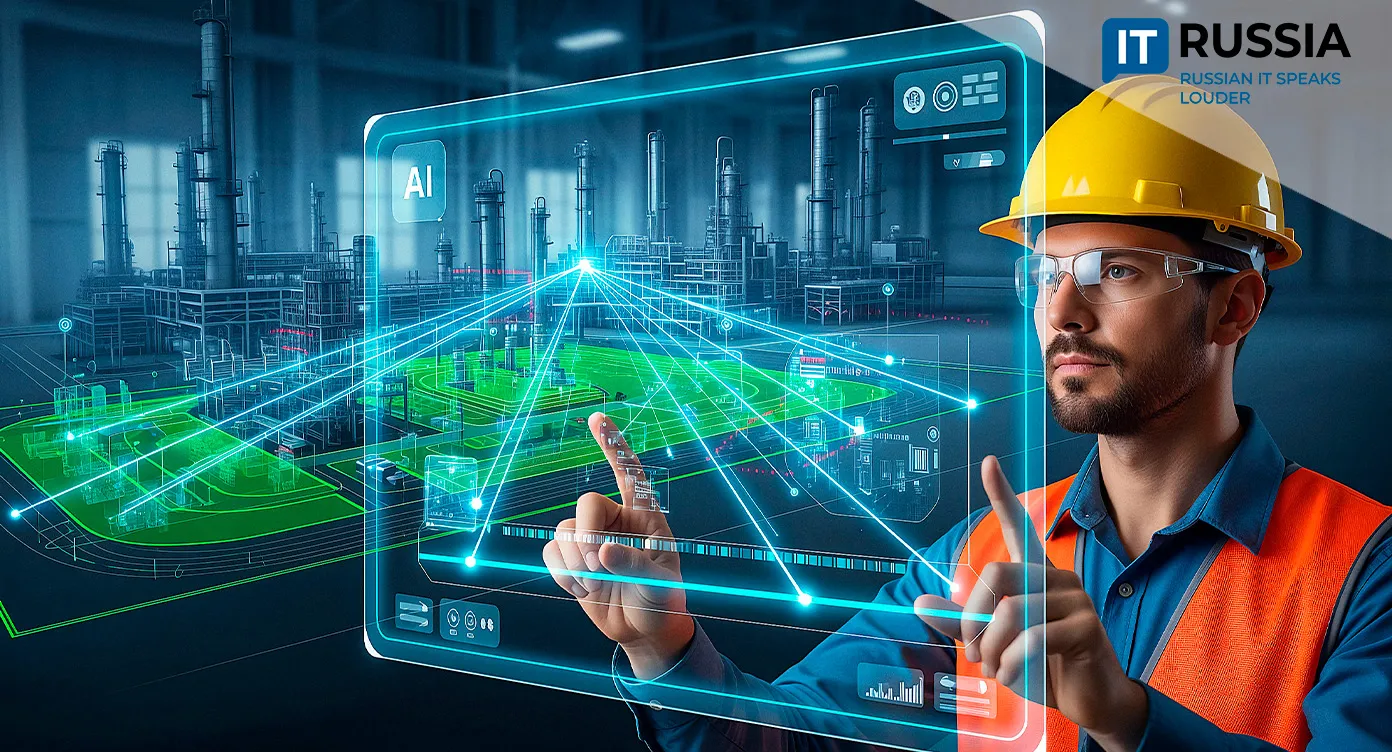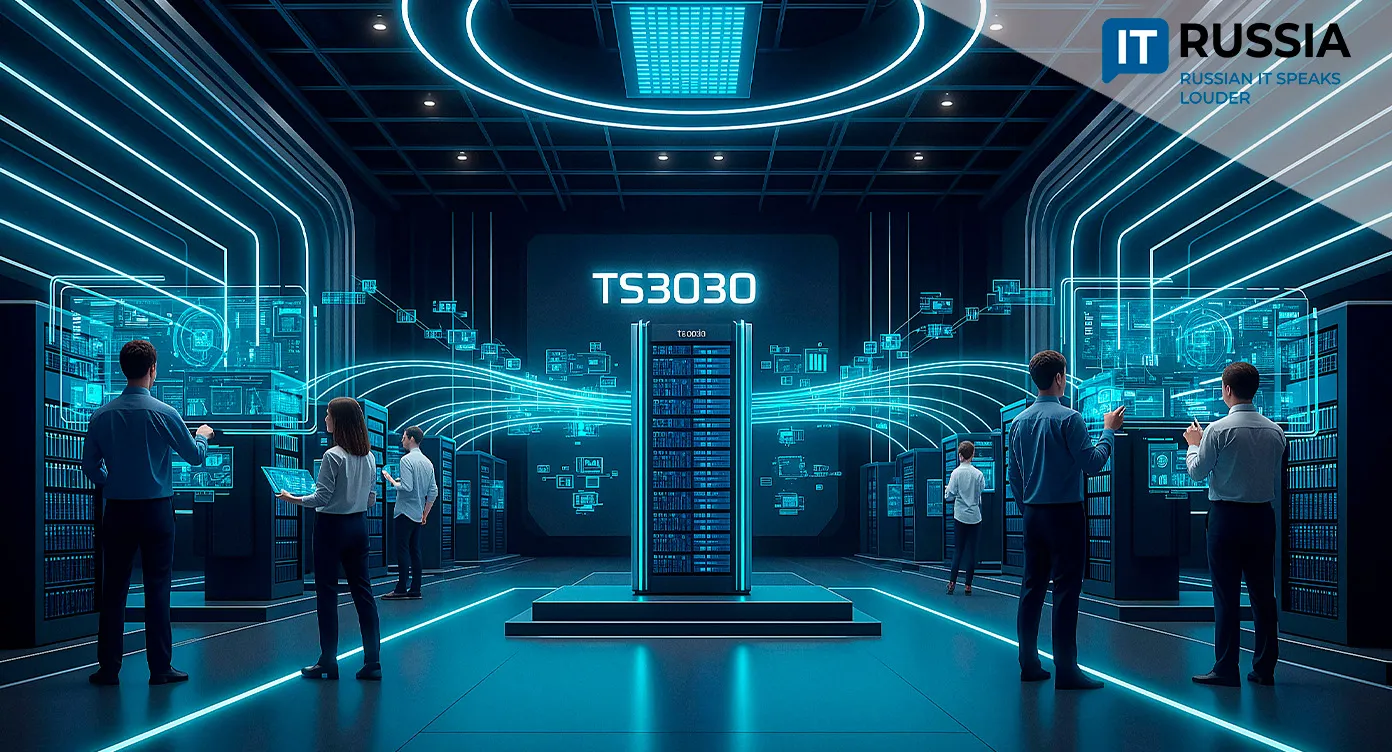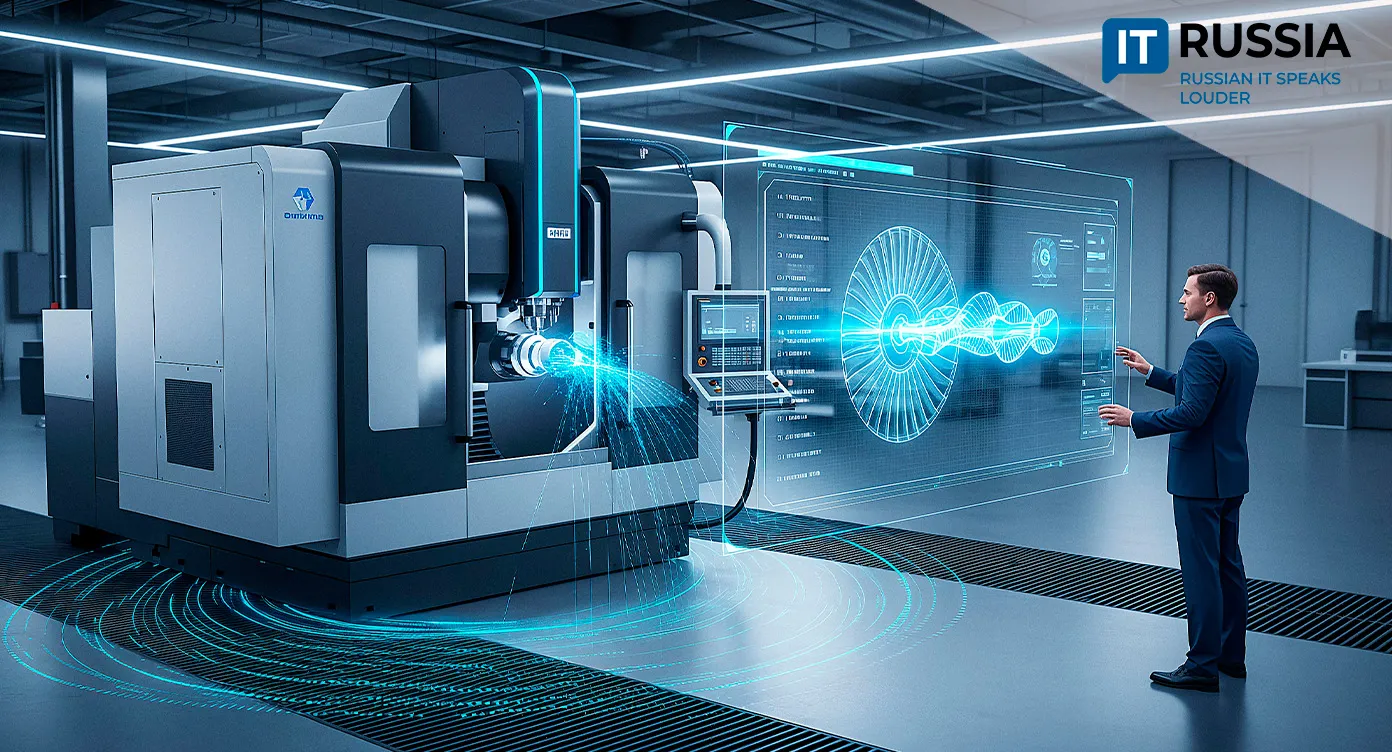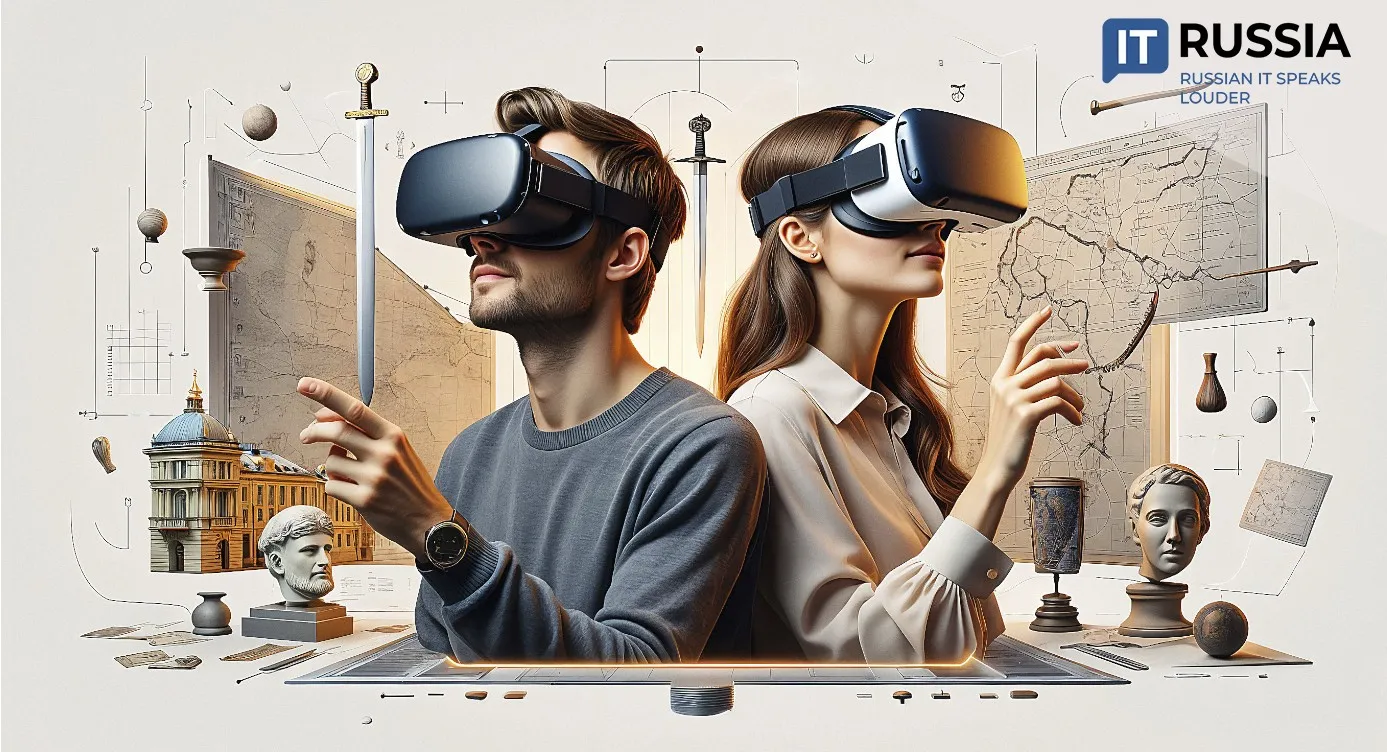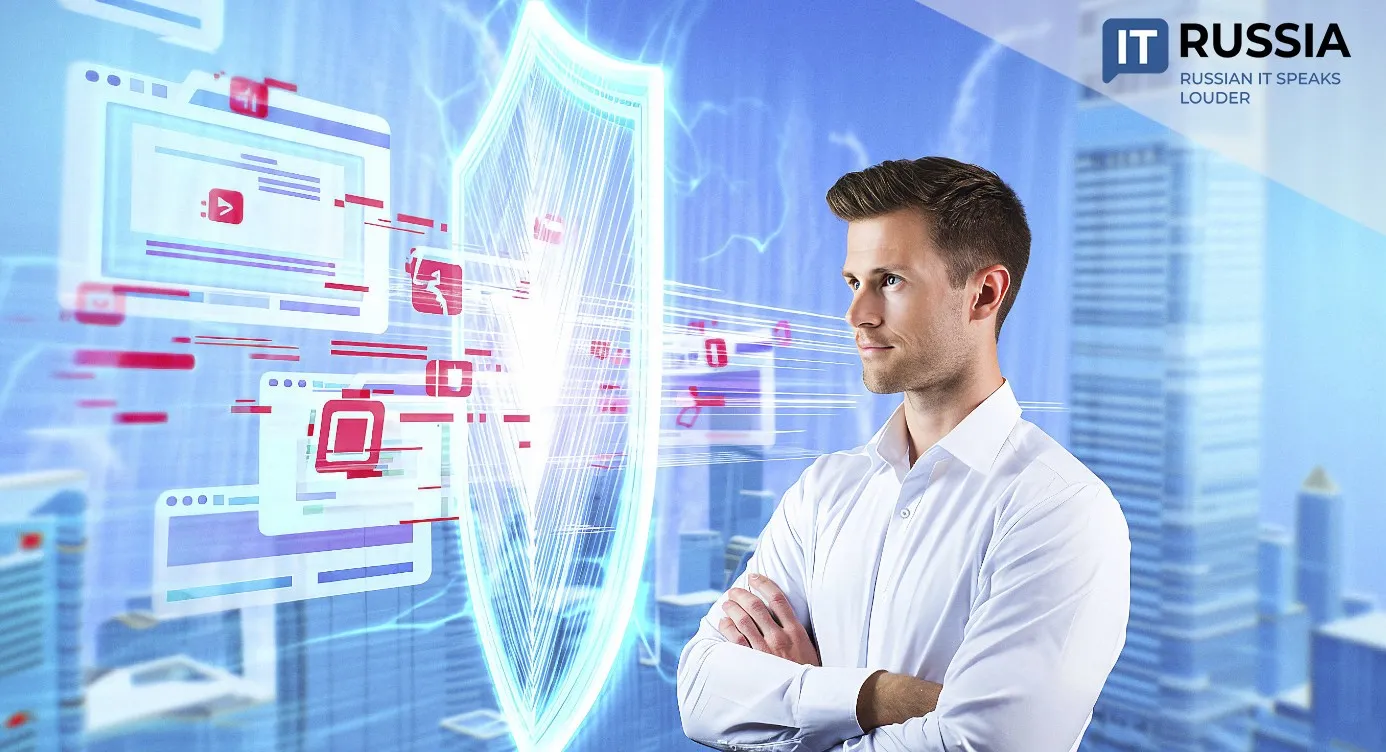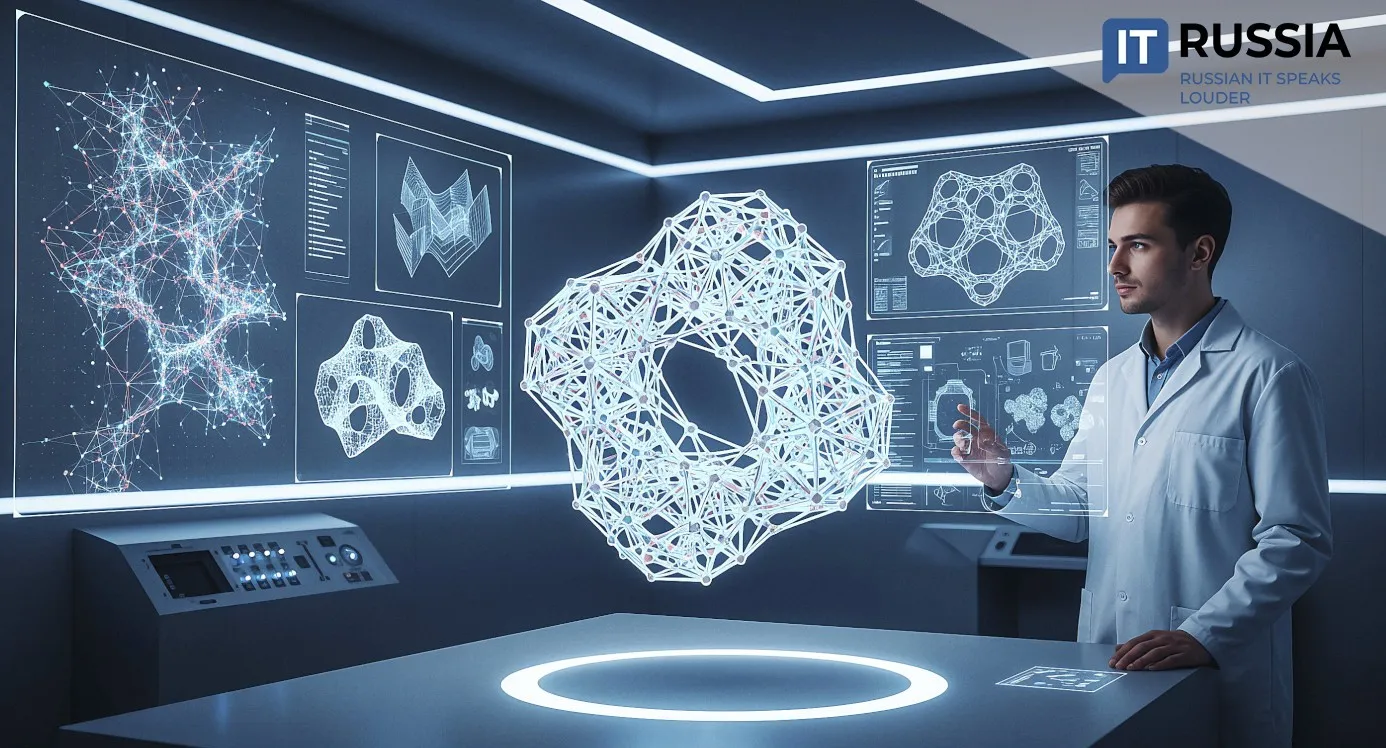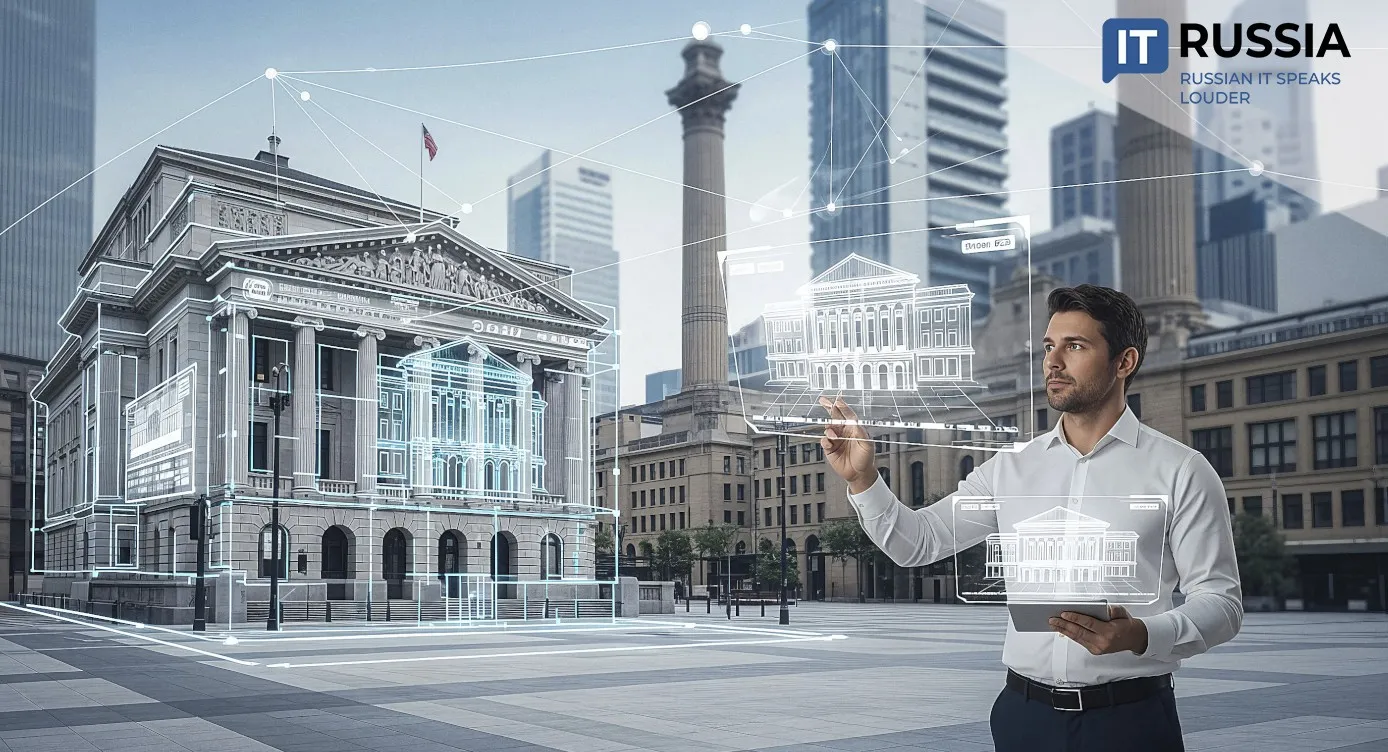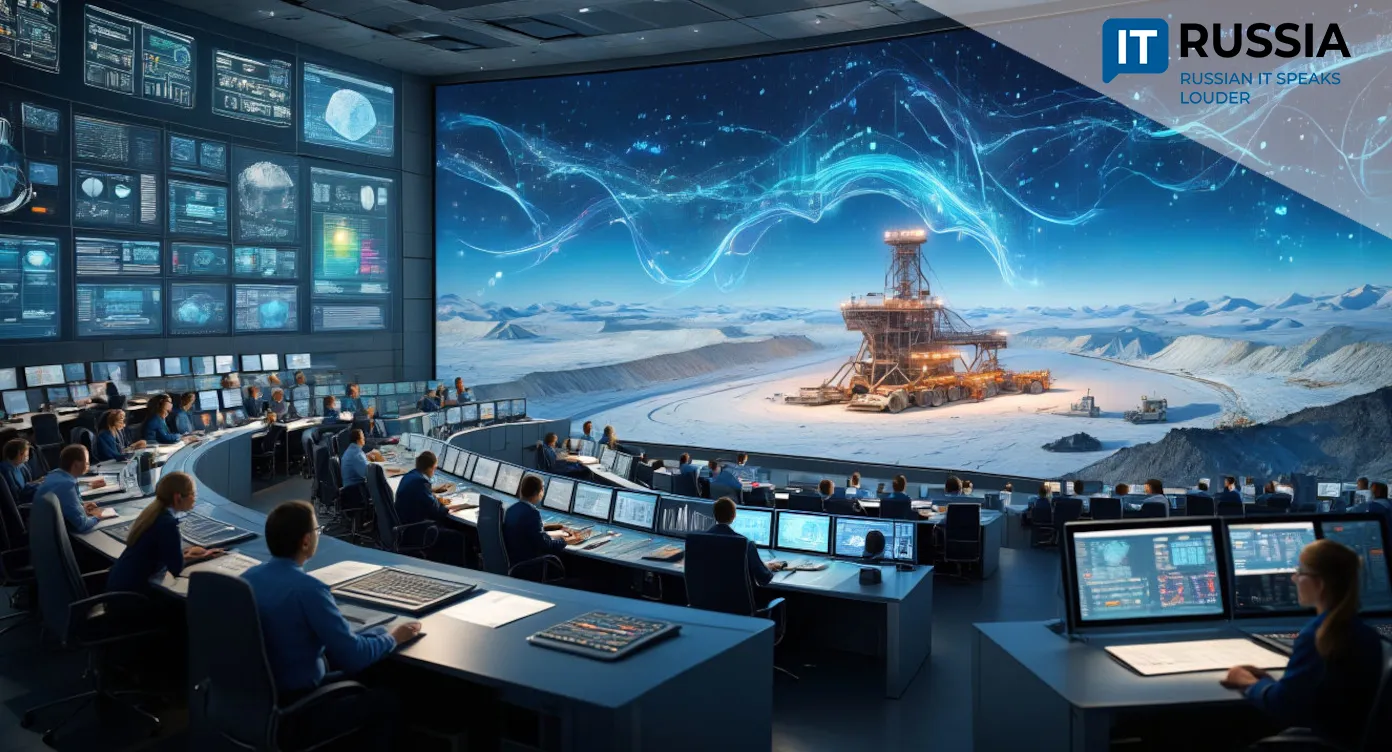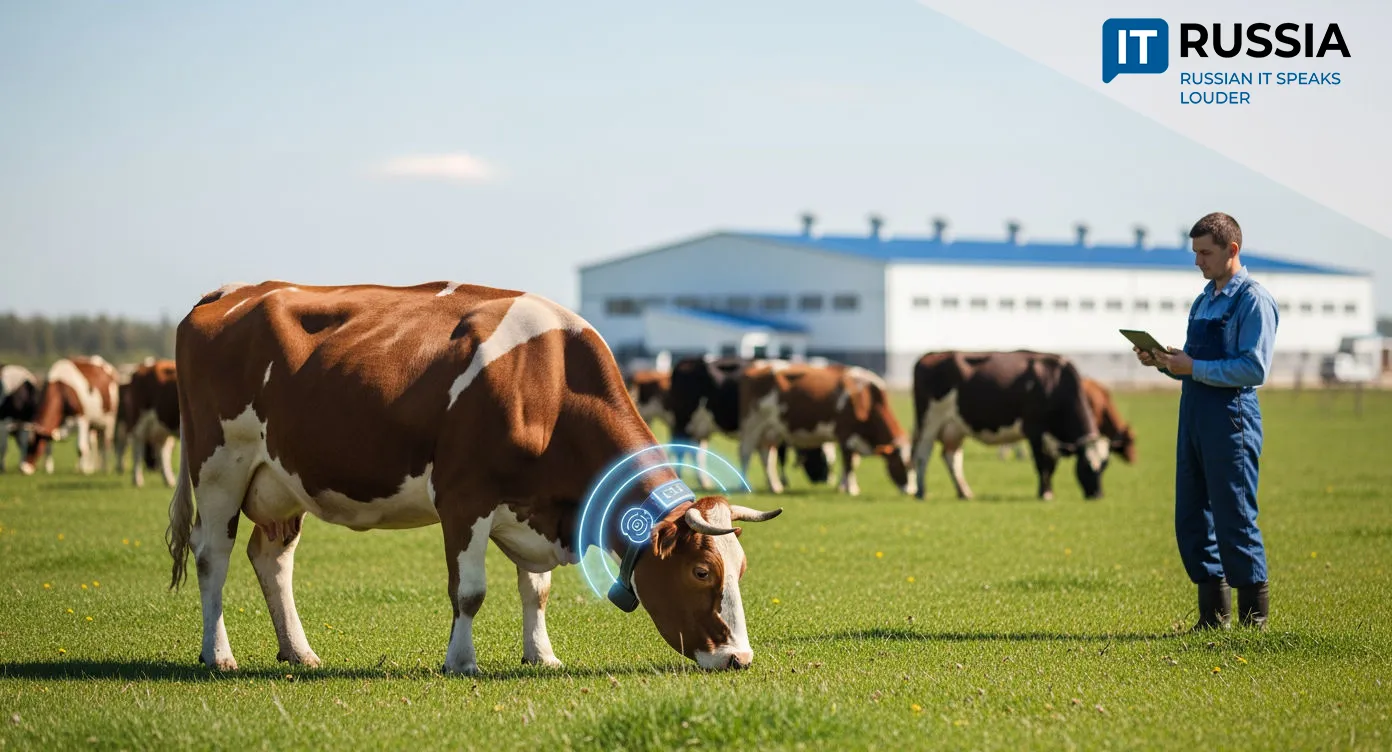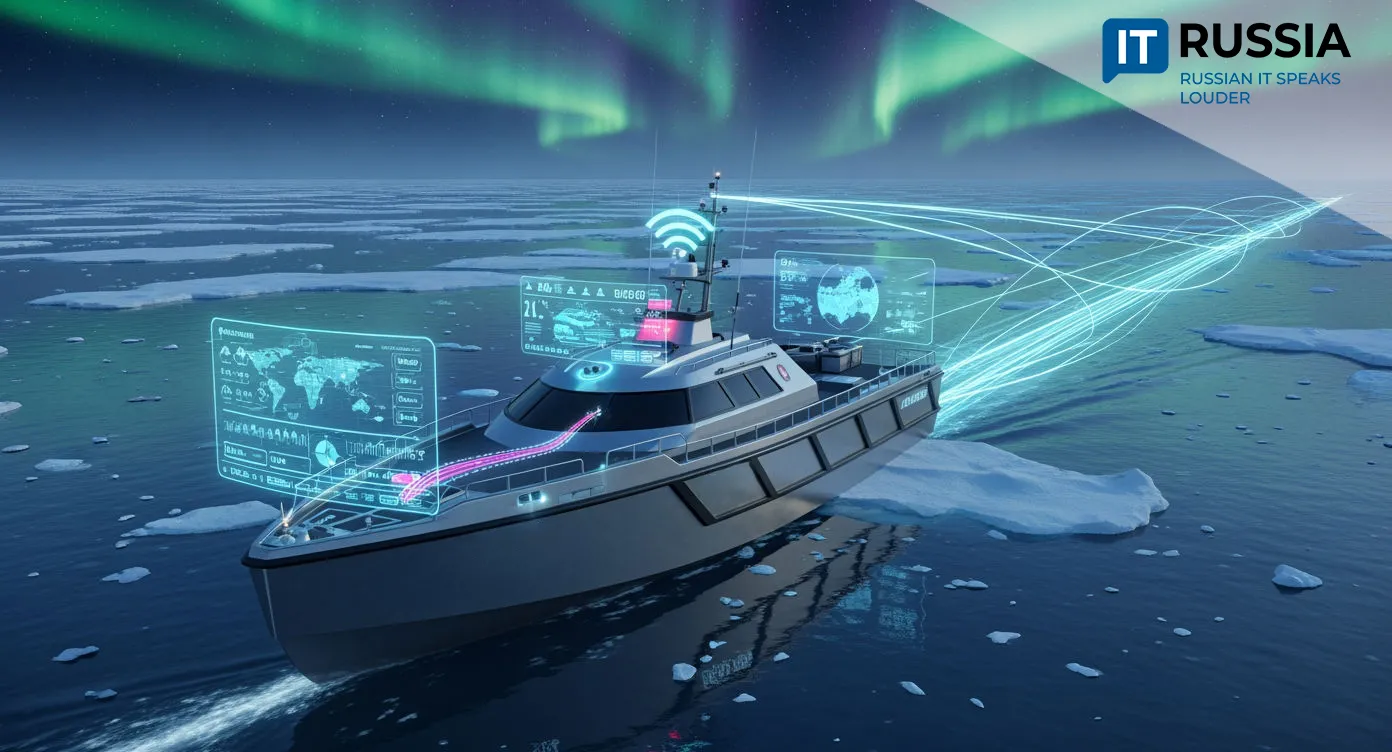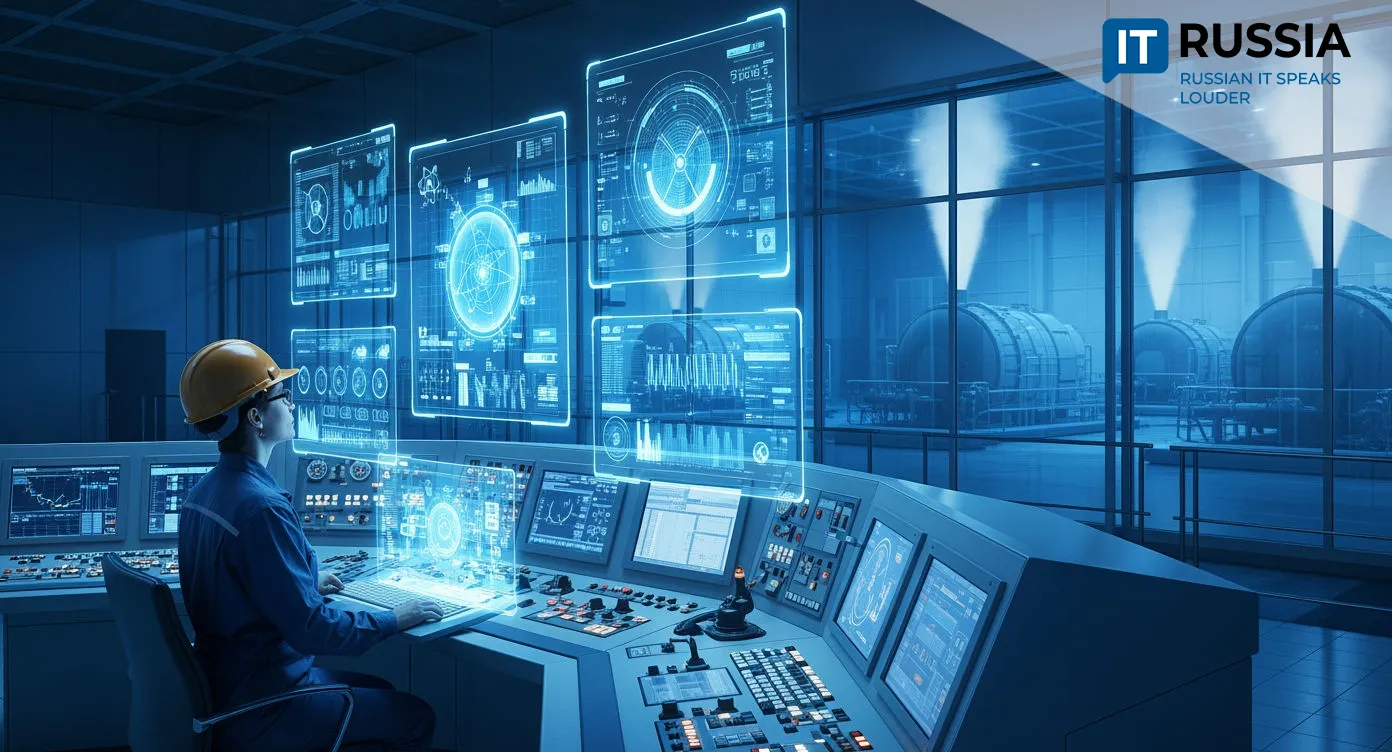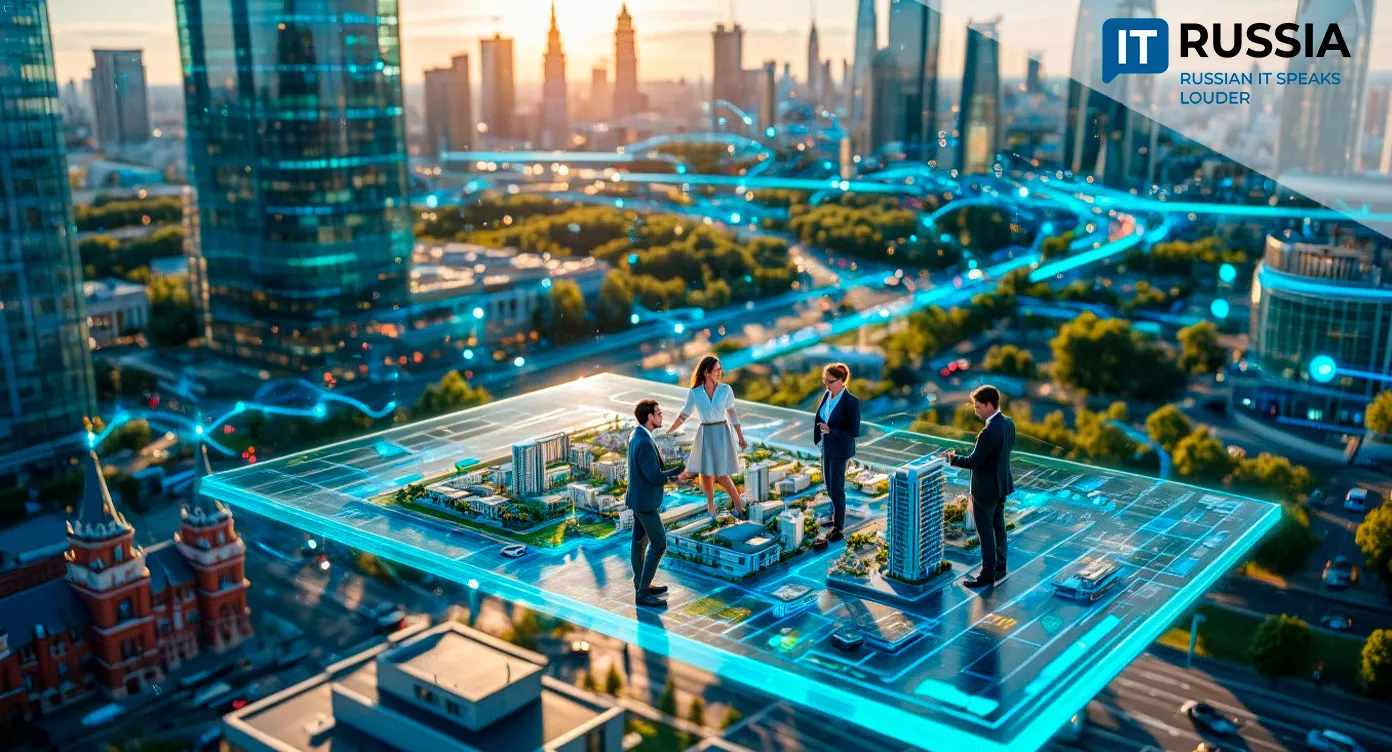The Terminator for Factories
Russia is developing a sovereign, integrated robotics ecosystem—from modular platforms and domestic AI-powered software to startups and industrial service models—aimed at transforming manufacturing and strengthening technological independence.
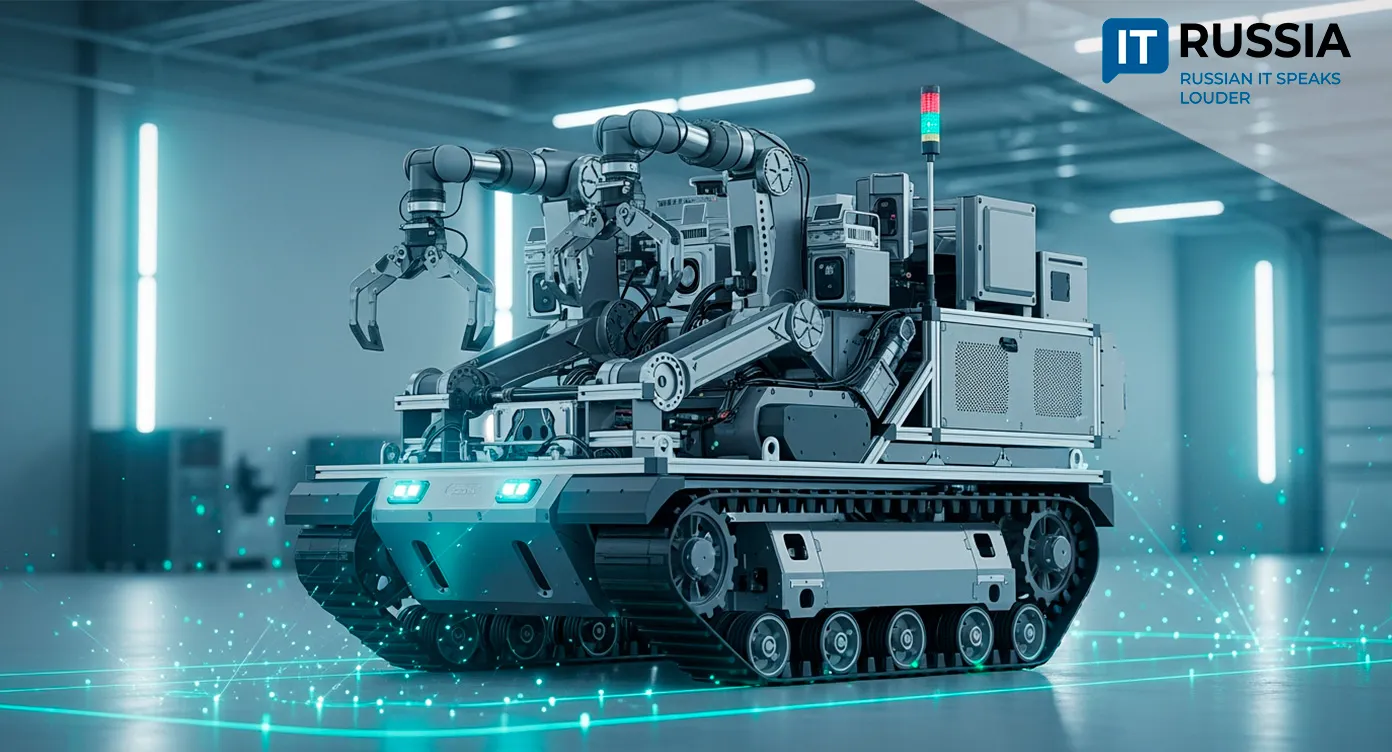
Industry and Import Substitution
Russia is building a sovereign, end‑to‑end robotics ecosystem that spans modular platforms, domestic AI software, startup development and service infrastructure.
A Hybrid Robot for the Future
Scientists at the St. Petersburg State University of Aerospace Instrumentation (SUAI) have introduced a universal mobile industrial robotic platform—a technology capable of transforming automation strategies at Russian manufacturing sites. This is more than a robot; it is a fundamentally new architecture for industrial robotics, combining flexibility, adaptability and technological independence.
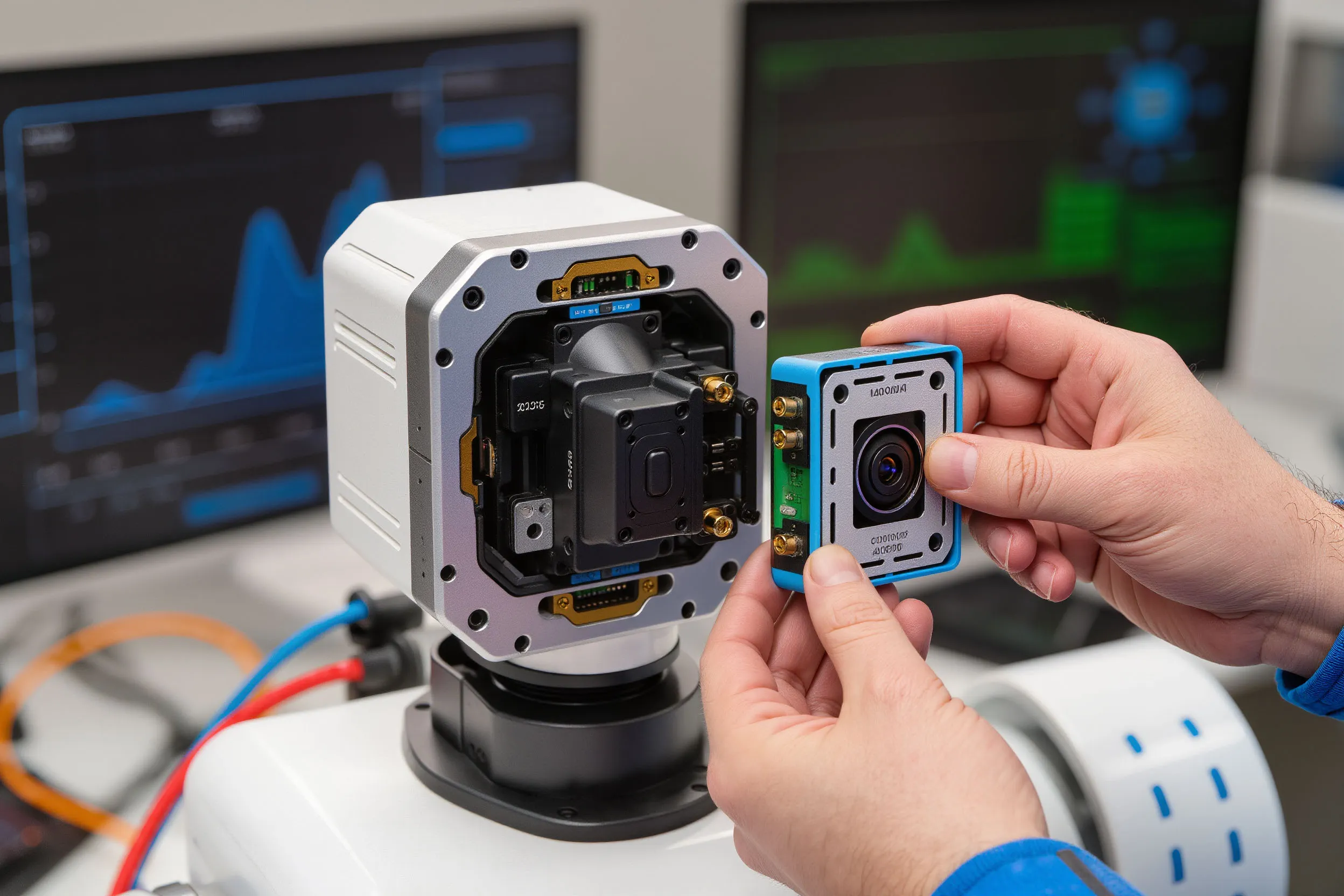
The key innovation is a hybrid chassis that can dynamically switch between wheeled and tracked propulsion. This configuration provides exceptional mobility: the robot operates confidently on smooth factory floors as well as rough terrain, in high humidity, dust, temperature fluctuations, oil‑contaminated surfaces and unstable ground—conditions that frequently cause traditional robots to fail. This makes the platform ideal for demanding industrial environments such as metallurgical plants, mines, chemical production sites, energy facilities and logistics hubs.
Modularity as a Strategy
The modular design is the second cornerstone of the project. Standardized interfaces allow operators to swap mission modules within minutes: manipulators for assembly and repair, cameras and thermal imagers for diagnostics, cargo containers, and sensors for environmental monitoring.
SUAI’s platform can be used in mining to inspect stopes and transport tools, in the chemical industry to examine pipelines and storage tanks, in the energy sector to service power lines and substations, and in logistics for internal warehouse operations.
Five in One
Each module is built with the principles of import substitution, making the platform not only a technical milestone but a strategic tool for strengthening Russia’s technological sovereignty. It addresses major industrial challenges: rising demand for flexible robotics, the need to reduce dependence on foreign systems and the push to boost production efficiency.
The platform’s versatility allows it to replace up to five specialized robots with one multifunctional system, significantly reducing capital expenditures, maintenance costs, personnel training and spare‑parts logistics.
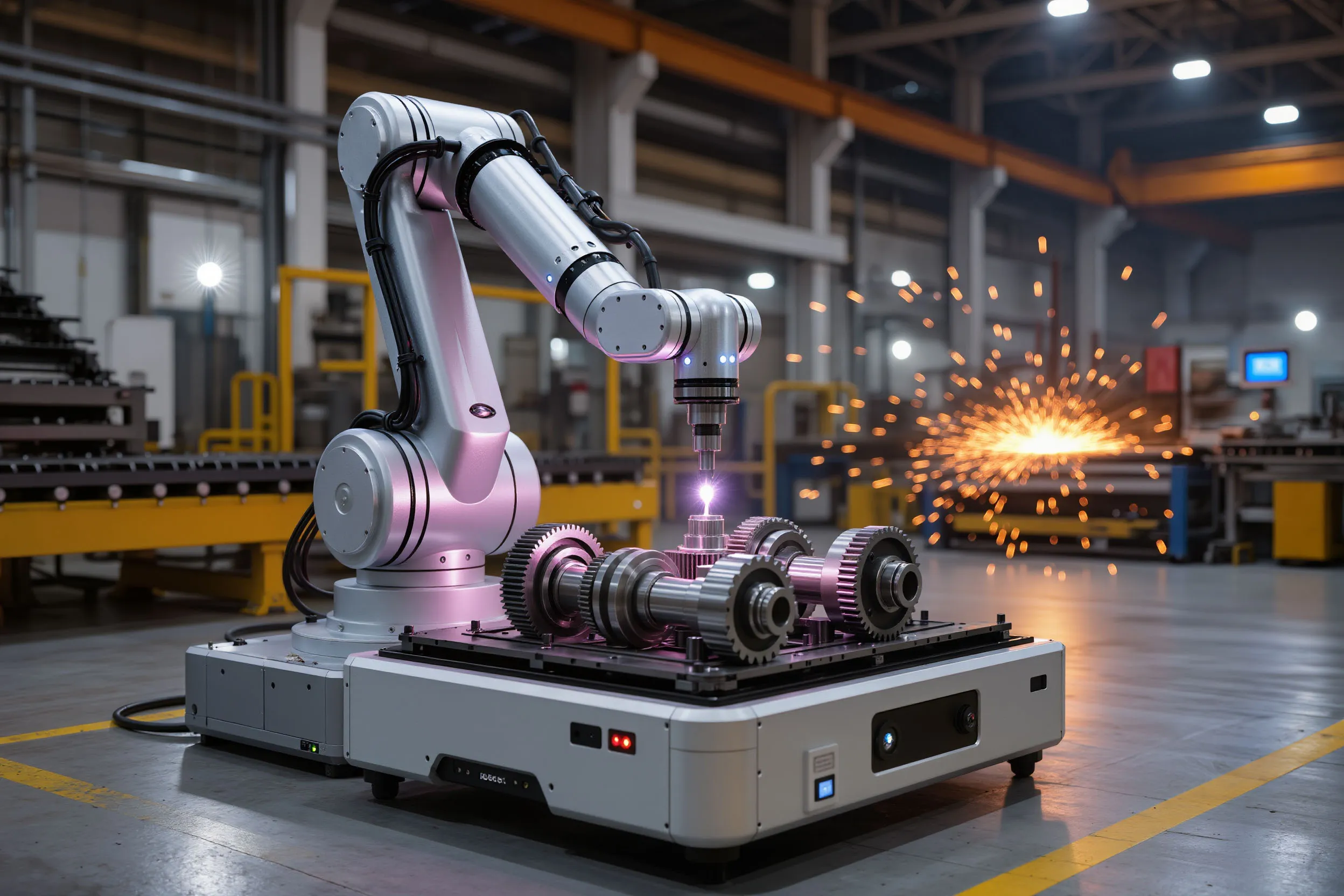
Integrated AI capabilities—including machine vision and Industrial Internet of Things (IIoT) systems—open the path to autonomous navigation, predictive equipment diagnostics, automated route planning and coordinated multi‑robot clusters (swarm robotics). In the future these systems will distribute tasks, adapt to environmental changes and operate without human intervention.
From University to Factory, From Russia to the Global Market
For St. Petersburg, this project demonstrates highly effective collaboration between academia and industry, turning fundamental research into scalable, practical solutions. For Russia, it marks a significant step toward a self‑sufficient robotics ecosystem: from module design and production to software development, service operations and workforce training.
The platform has strong export potential. It may find demand in developing industrial markets across the CIS, Asia, Africa and Latin America—regions seeking reliable, adaptive and locally supported robotic systems independent of Western suppliers. In the future, Russia may export not only hardware modules but complete turnkey solutions, including software, personnel training and service support.

A Technological Cluster of the Future
The project gains additional significance with the launch of Russia’s first aerospace university startup studio at SUAI in 2025, selected as one of six winners of the Ministry of Education and Science’s national competition. The studio focuses on six frontier fields: aerospace, unmanned aerial systems (UAS), digital manufacturing, robotics, advanced production technologies and digital energy.
By December 2025, the first tech companies are expected to be registered. By 2027, SUAI plans to establish 12 innovative enterprises, integrate 15 developments into industry and involve over 1,000 SUAI students and graduate researchers and 200 students from other universities each year.
Russia Sets Trends in Global Robotics
The creation of SUAI’s universal mobile robotic platform is a logical and substantial step for Russian industrial robotics, aligned with the global shift toward modular, self‑configuring systems. Russia previously pursued similar directions—for example, the Marker platform (2018–2022) showcased the potential of hybrid propulsion.
But SUAI’s platform is not just a technical solution; it serves as a scalable model. The next few years will bring prototype refinements, pilot deployments at industrial sites, serial production and commercialization. Risks remain: competition with foreign equivalents, the need to build a service network, ensuring reliability and securing certification. Yet the core advantage is the domestic technological foundation, which makes the platform strategically significant for Russia’s industrial sovereignty.


